Indian capital chokes after Diwali firework frenzy
Delhi’s air turned toxic post-Diwali, with PM2.5 levels soaring over 50 times safe limits despite curbs on fireworks.
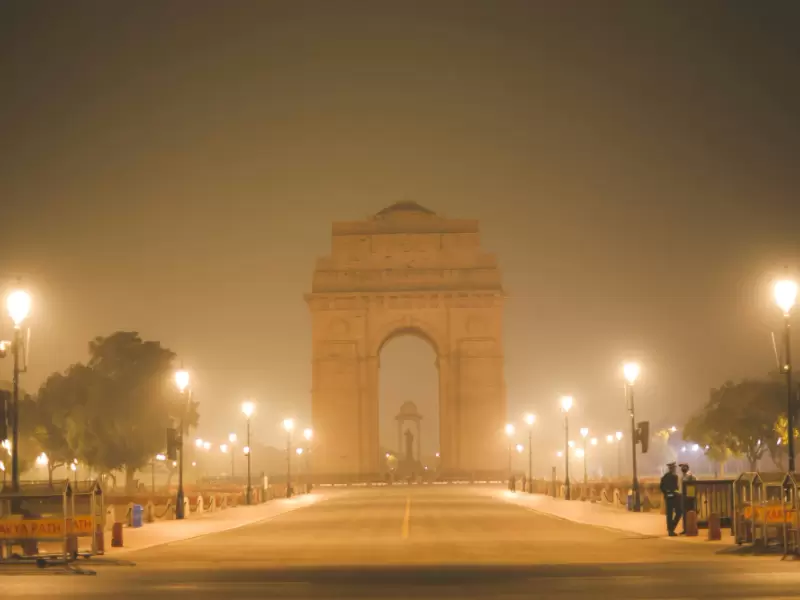 Representative image of India Gate, Delhi, India / Courtesy: Unsplash
Representative image of India Gate, Delhi, India / Courtesy: Unsplash
Toxic air in India's capital hit more than 56 times the UN health limit early Oct. 21, after fireworks for the Hindu festival of Diwali worsened air pollution.
This month, the Supreme Court relaxed a ban on fireworks during the festival of lights, allowing the use of less-polluting "green "firecrackers"—designed to emit fewer particulates.
The ban was widely ignored in past years, however, and environmental groups have expressed doubts about the efficacy of the supposedly greener explosives.
Also Read: US lawmakers extend Diwali wishes to American Hindus
In the early hours of Oct. 21 morning, just after the peak of the bursting fireworks, levels of cancer-causing PM 2.5 microparticles hit 846 micrograms per cubic meter in parts of New Delhi, according to monitoring organization IQAir.
That is more than 56 times the World Health Organization's recommended daily maximum.
By the morning of Oct. 21, PM2.5 concentrations had eased to around 320 micrograms per cubic meter—roughly 23 times WHO limits, but relatively typical for New Delhi in winter.
The city regularly ranks as among the most polluted capitals.
A study in The Lancet Planetary Health last year estimated that 3.8 million deaths in India between 2009 and 2019 were linked to air pollution.
The UN children's agency warns that polluted air puts children at heightened risk of acute respiratory infections.
ADVERTISEMENT
ADVERTISEMENT
E Paper
Video



 AFP
AFP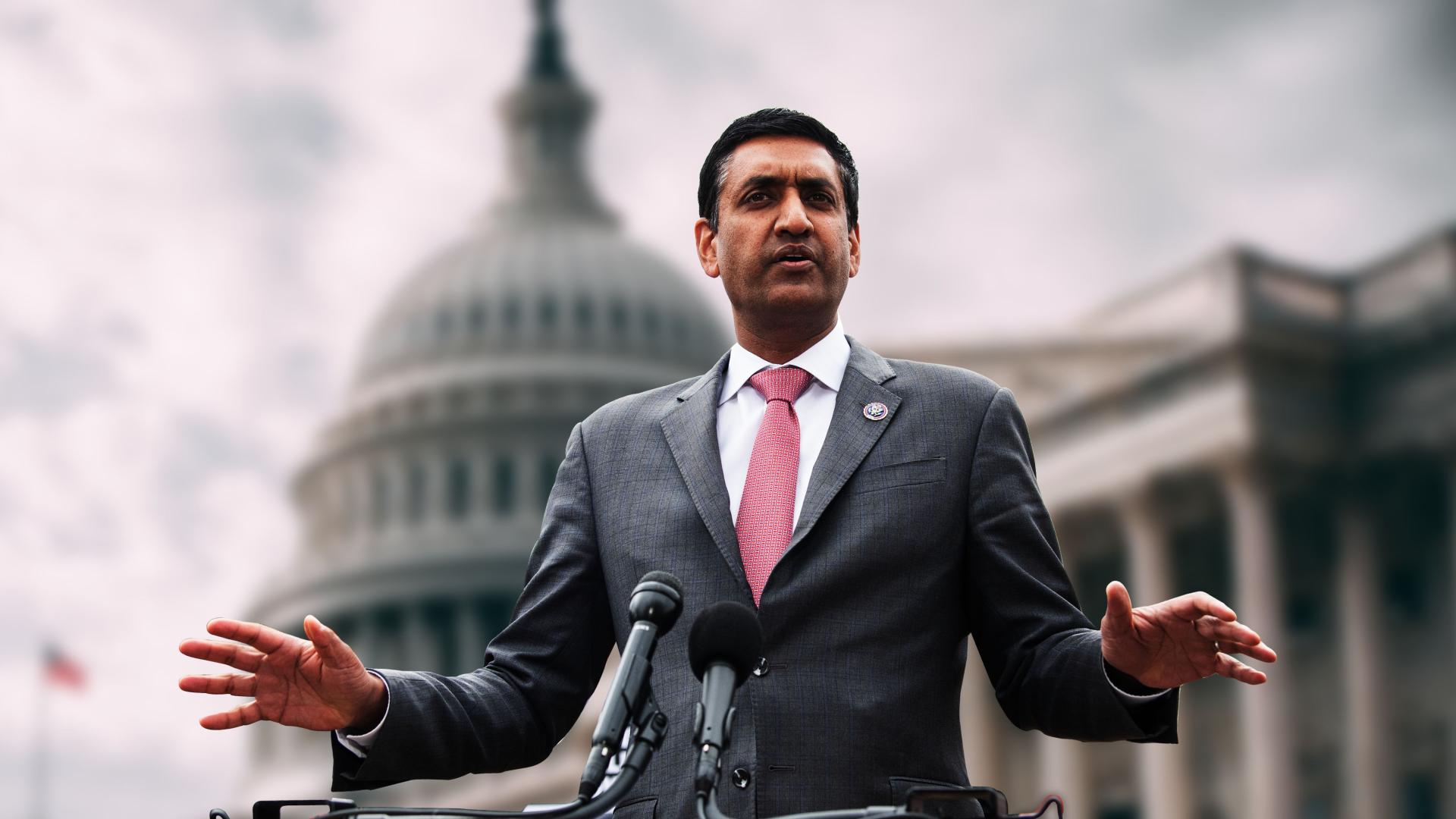
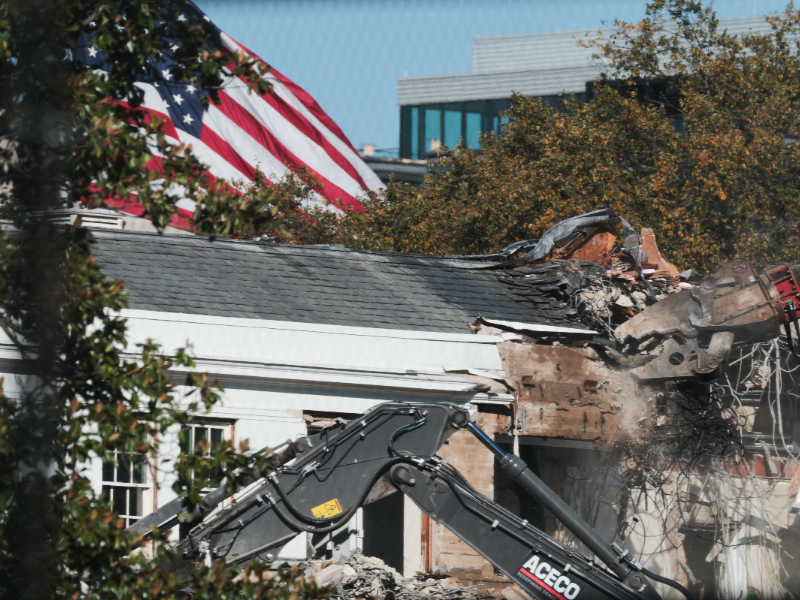
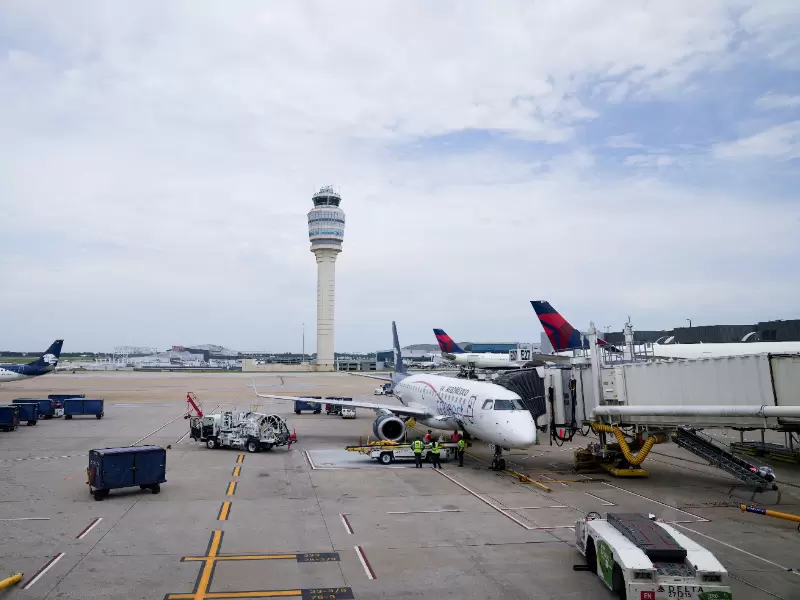
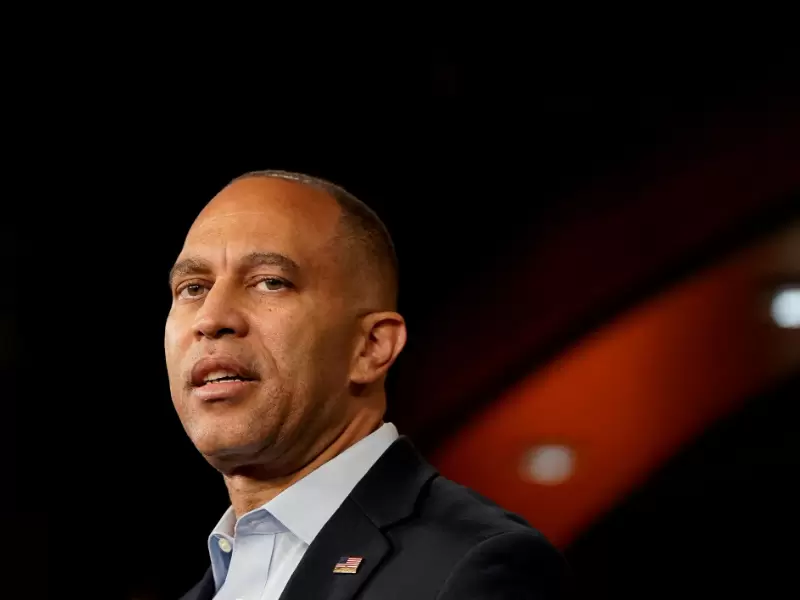
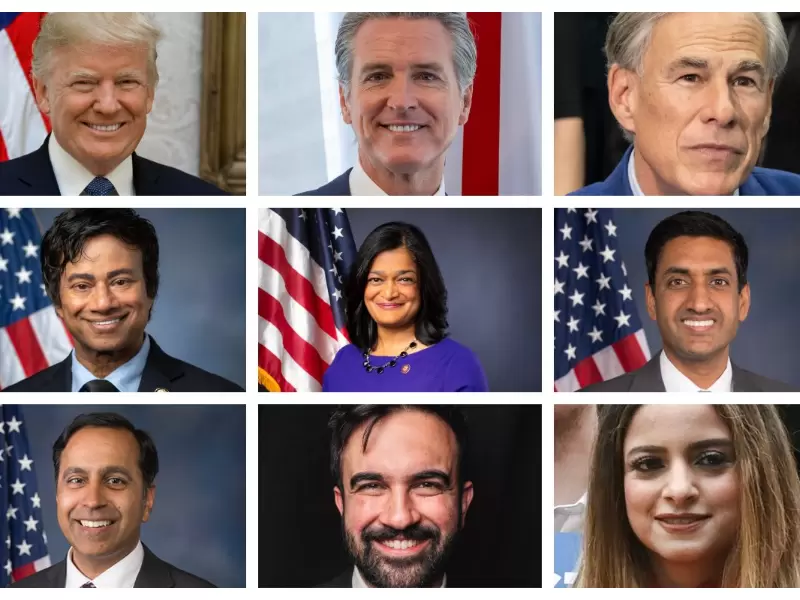
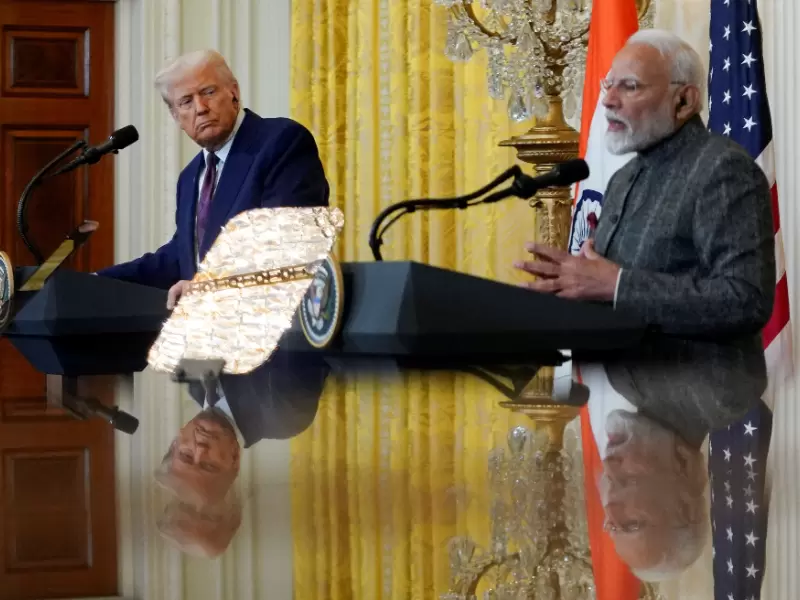
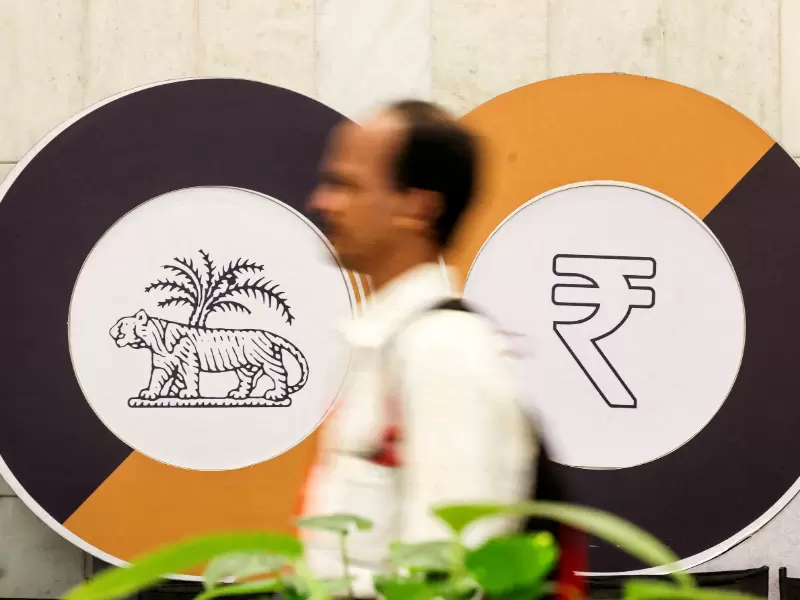
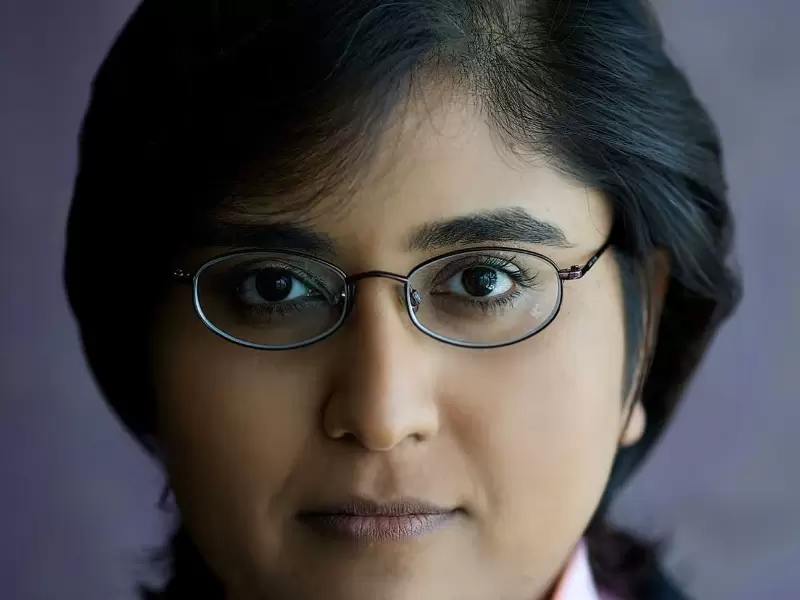


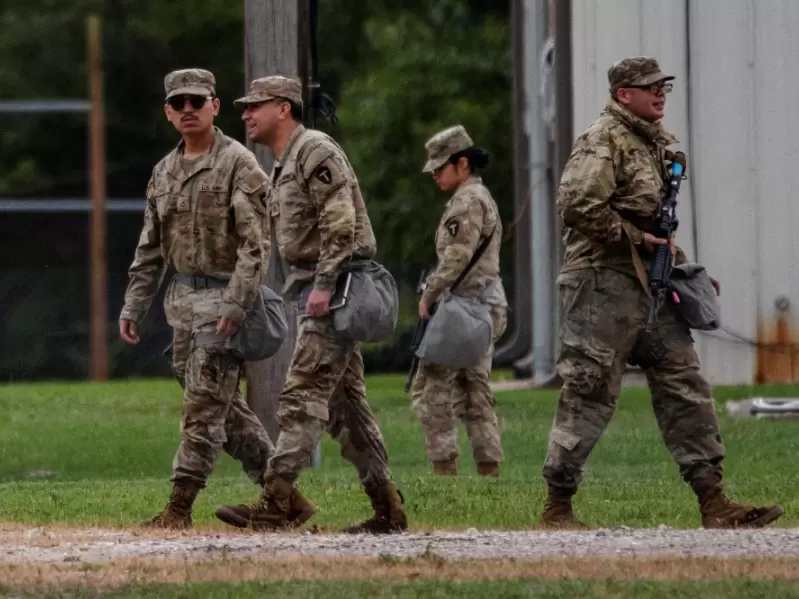



Comments
Start the conversation
Become a member of New India Abroad to start commenting.
Sign Up Now
Already have an account? Login